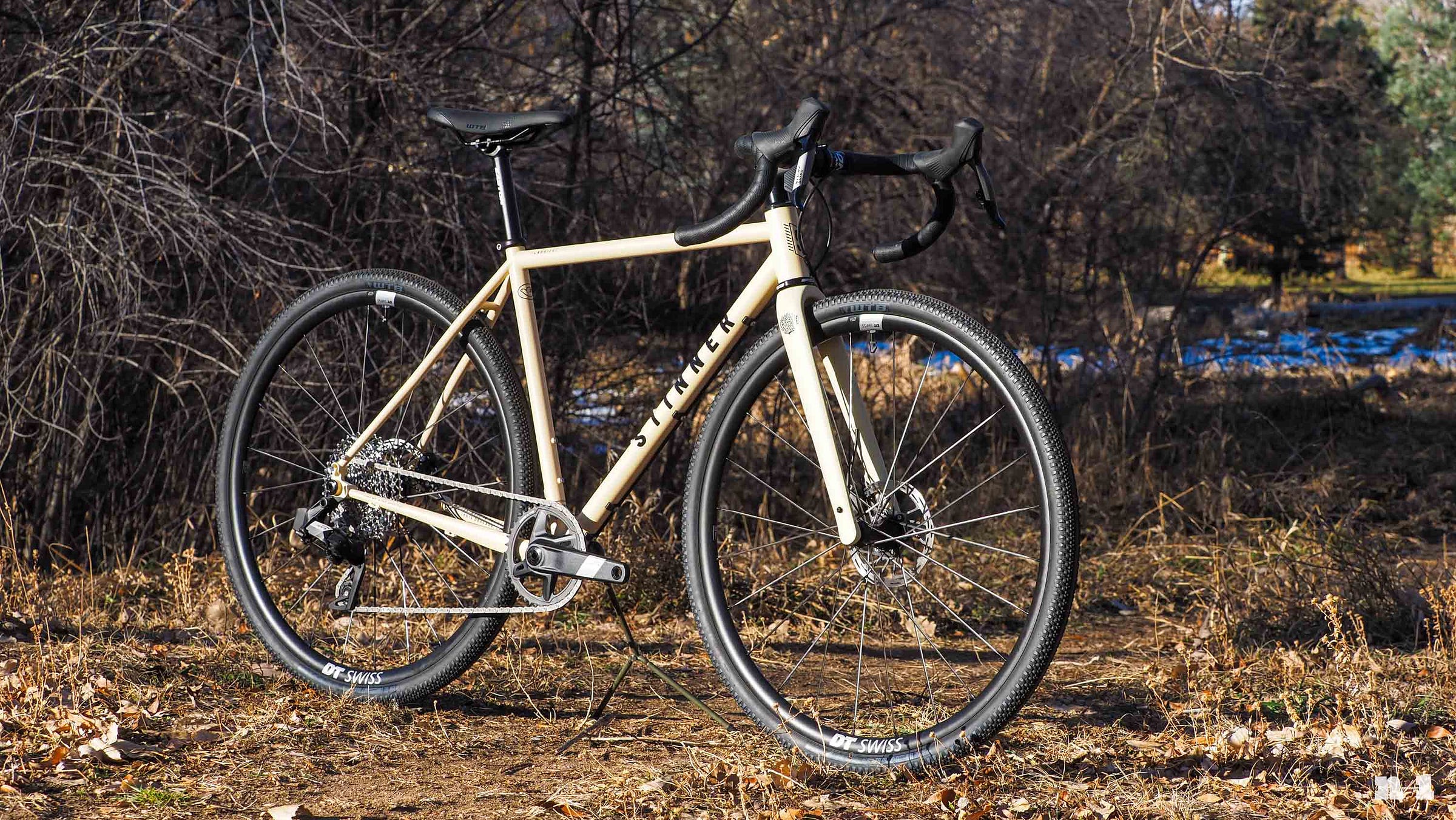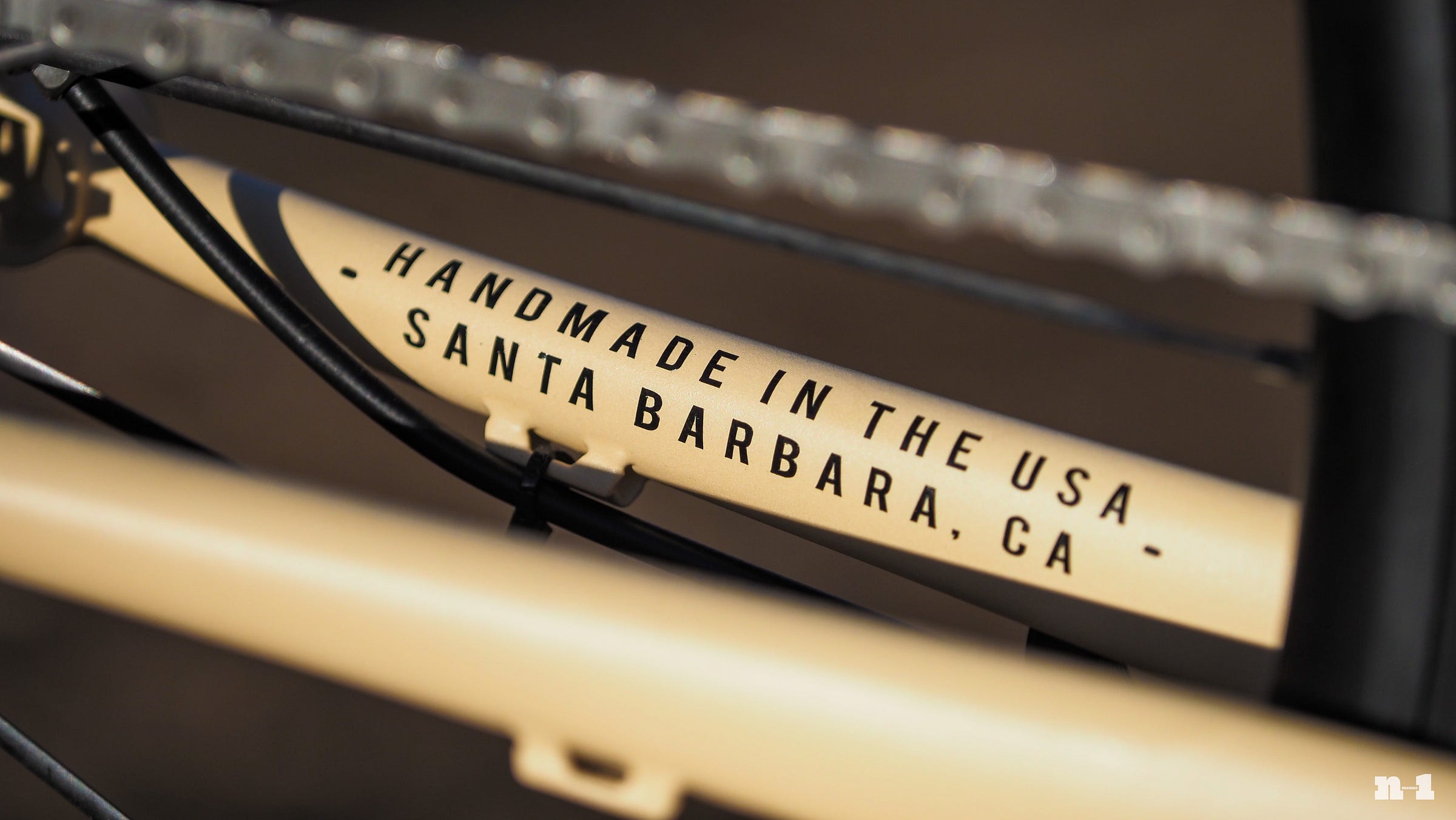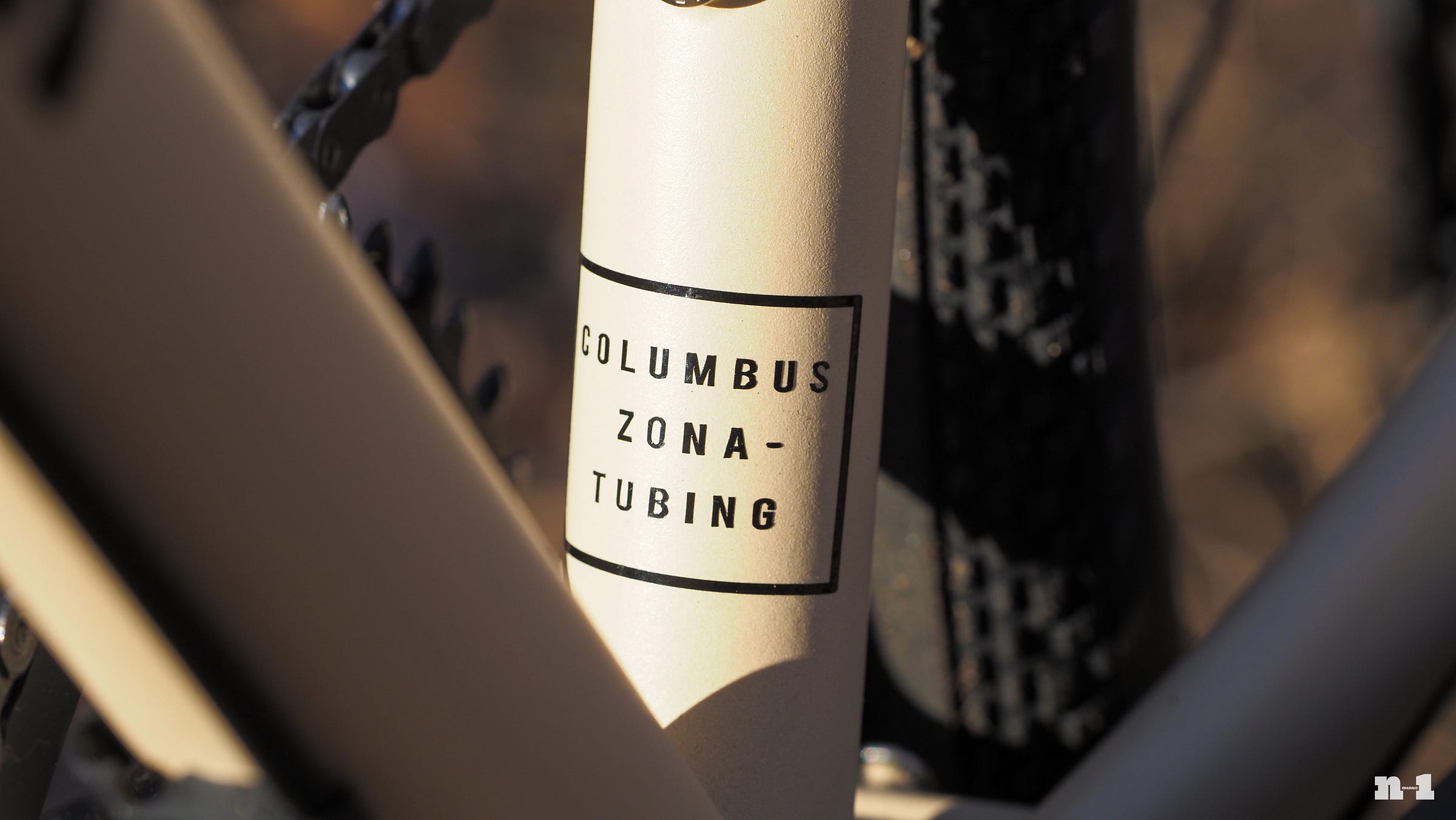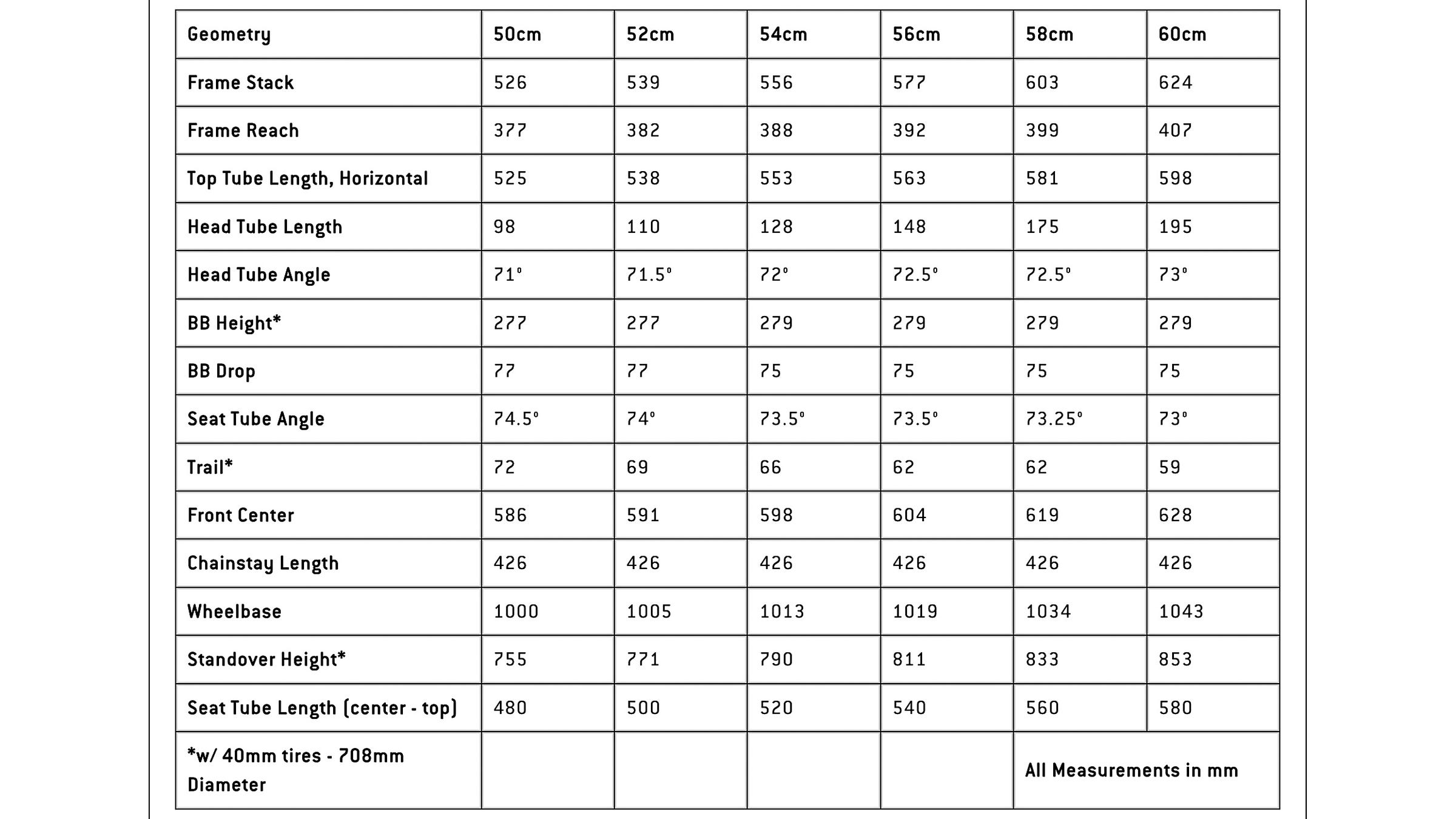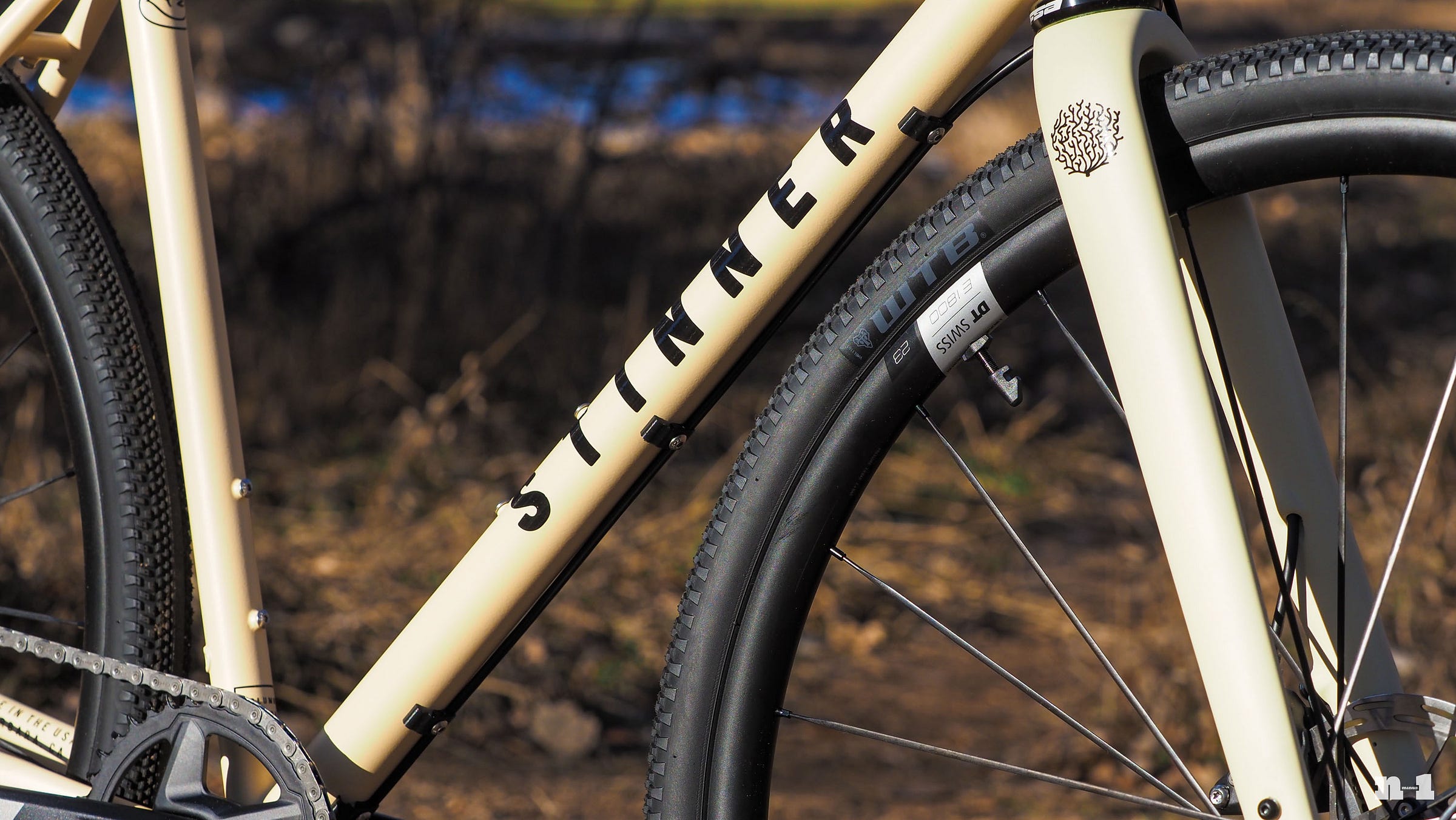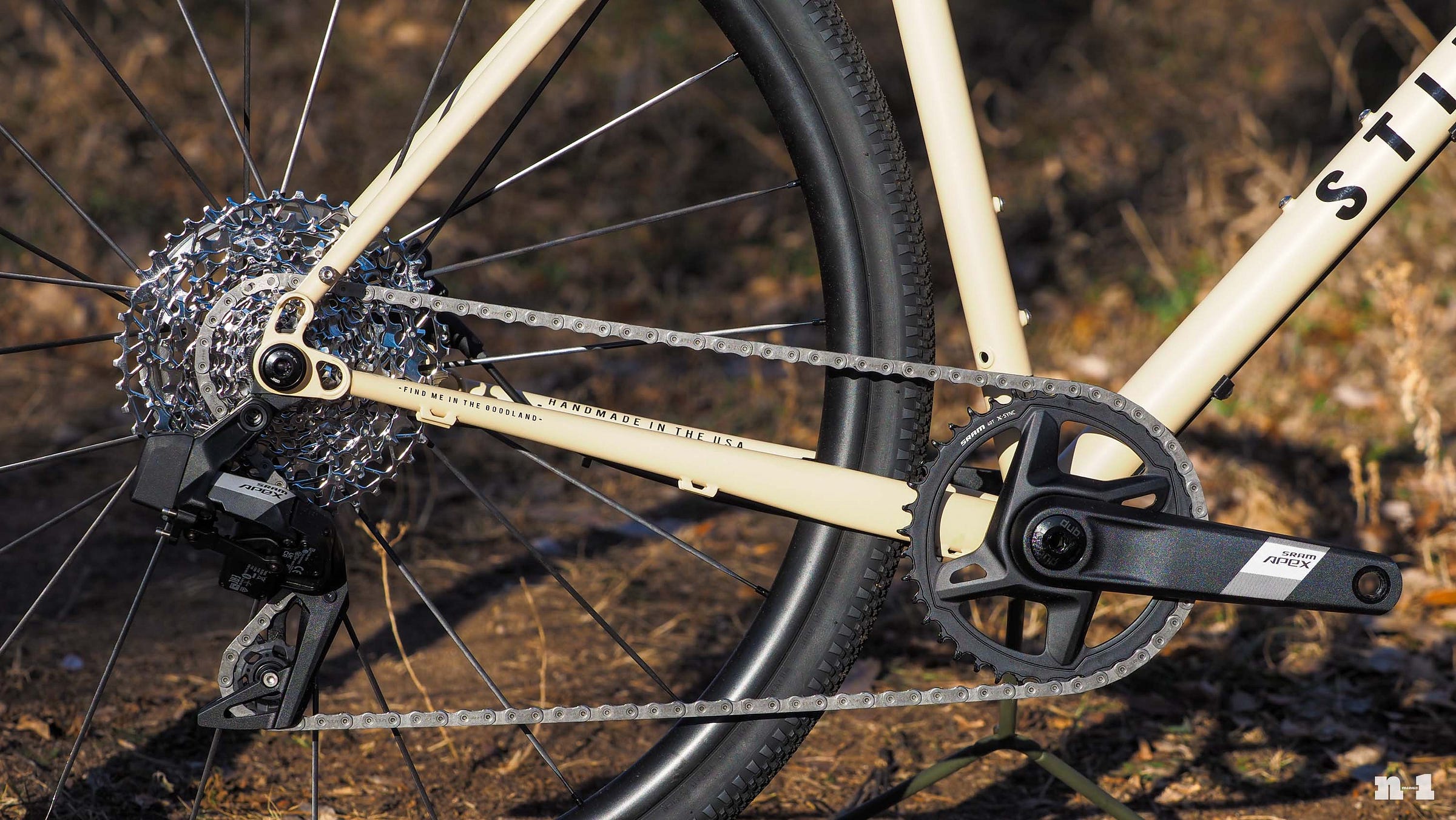Stinner Carrizo Select bike review: Budget boutique
Fantastic ride quality, superbly built, and classically beautiful, but keep the limited tire clearance in mind.
If there’s one upside to mainstream bikes getting more expensive in recent years, it’s how those inflated prices has made bikes from boutique builders that once felt wholly unattainable now seem far more reasonable. Case in point is Stinner Frameworks’ new Carrizo Select, a steel all-road frame built in the same shop and by the same folks as the brand’s fully custom models, but with a more budget-friendly Columbus Zona Italian tubeset, preset geometry and colors, and even a nicely thought-out value-minded build kit, all for barely more than what you’d pay for a fully custom frameset alone.
Sure, the ready-to-ride Carrizo Select is kinda heavy, but the construction quality is exceptional, it rides superbly, the classic silhouette won’t look old in a couple of years, and the frameset is well worth upgrading down the road – as long as the somewhat limited tire clearance will work for your riding.
Pros: Outstanding frame construction, superb ride quality, dialed handling and fit, timeless aesthetic, solid spec, impressively good value.
Cons: Heavy, mediocre tire clearance, ride quality will vary with size, so-so assembly and paint quality.
The takeaway: An excellent ready-to-ride option for riders that are in it for the long haul.
Same but different
Aaron Stinner opened up Stinner Frameworks in 2011 and business has grown steadily since then, particularly after winning the “best rookie builder” prize the following year at the now-defunct North American Handmade Bicycle Show. Specializing in TIG-welded steel and titanium with a performance-minded bent, Stinner hasn’t made a habit of chasing the newest technology. For example, you’ll find no mention on the company web page of wind tunnel testing, grams saved, or the race results of big-time sponsored athletes. And 3D-printing? That’s not a thing here (at least not yet).
Instead, the brand says it concentrates on high quality and small details – like its striking CNC-machined dropouts – that may not inspire the same volume of ink as bigger and flashier brands with their highly produced press releases, but nevertheless tangibly contribute to the overall package. It’s exactly the sort of thing that maybe doesn’t come across well on paper, but is more likely to be appreciated in person.
“I went with Aaron to design/build my dream bike because, having been acquainted with him since he was a teenager (he moved in just down the street from me when he was in high school), I was aware of his journey in the bike industry and had seen his early builds for himself and friends,” said Tom Anhalt, who’d had Stinner build a fully custom aero steel road bike back back in 2015. “I was impressed with the attention to details and practical approach to design he took, coupled with some excellent paint and finishing work.
“For the fully custom design I wanted, I had some unique ideas I wished to incorporate and he took those ideas and ran with them. I've put just shy of 30k miles on that bike with no issues to speak of, and will undoubtedly put many more on it in the years to come. I couldn't be happier with it.”
Such attention to construction quality and a focus on finer touches doesn’t come without a price, particularly when you bake in the considerable time required for fully custom builds where seemingly every minute detail warrants another email exchange or phone call: tubing shapes and sizes, frame geometry, accessory mounts, paint, build kits, and so on. Actually building those bikes doesn’t necessarily take considerably more time than something more off-the-shelf, but getting to that point is often where a lot of those additional costs add up. Currently, a fully custom Stinner steel frameset (with a carbon fork) sells for nearly US$4,000 – well outside the comfort zone for average buyers.
Stinner’s new Select range aims to deliver most of the performance of the company’s premium-level offerings but at a far more wallet-friendly price point, starting with the Carrizo all-road model. Some of those cost savings are material, such as the more mid-range Columbus Zona tubeset found on the Carrizo Select, which uses thicker walls, longer butts, and simpler shaping as compared to the mix of Columbus, Deda, Tange, and Velospec tubes used on custom Carrizos. And while bespoke Stinners feature size-specific tunes, Stinner essentially uses the same Zona stuff across the board (meaning the thicker-walled ends are longer on larger sizes).
Using more affordable building blocks obviously helps lower the price tag, but p erhaps the bigger cost reduction is related to time savings with the preset configurations.
Instead of custom geometry, the Carrizo Select is limited to six pre-determined sizes from 50-60 cm. And instead of bespoke wet paint, buyers have their choice of two powder-coated colors: Desert (tan) or Mint (light green). Accessory mounts are pre-configured as well, with two bottle mounts inside the main triangle (intentionally situated down low to leave room for frame bags), a third underneath the down tube, and fittings for front and rear fenders. Aside from perhaps a top tube feed bag, that’s basically all the essentials covered.
“The goal with the Select line is to eliminate any time waste of our custom line,” said Aaron Stinner. “Wherever we can speed up the process without sacrificing quality, we do. The time that a Select is touched during the process is less than half of a custom frame.”
Despite some of the lesser ingredients, there’s still some impressive attention to detail on the Carrizo Select. Case in point: the CNC-machined UDH-compatible dropouts are the same ones that Stinner uses on fully custom Carrizo models. They not only look fantastic, but also encourage proper rear brake caliper alignment since those slots are milled as one piece with the rest of the part (and I’m jumping the gun a bit here, but the way the rear wheel slots so perfectly into the dropout is immensely satisfying). Stinner also uses the same full-carbon fork on the Carrizo Select as is found on other Carrizos, with the exception of an additional hole on the top of the crown to accommodate external routing.
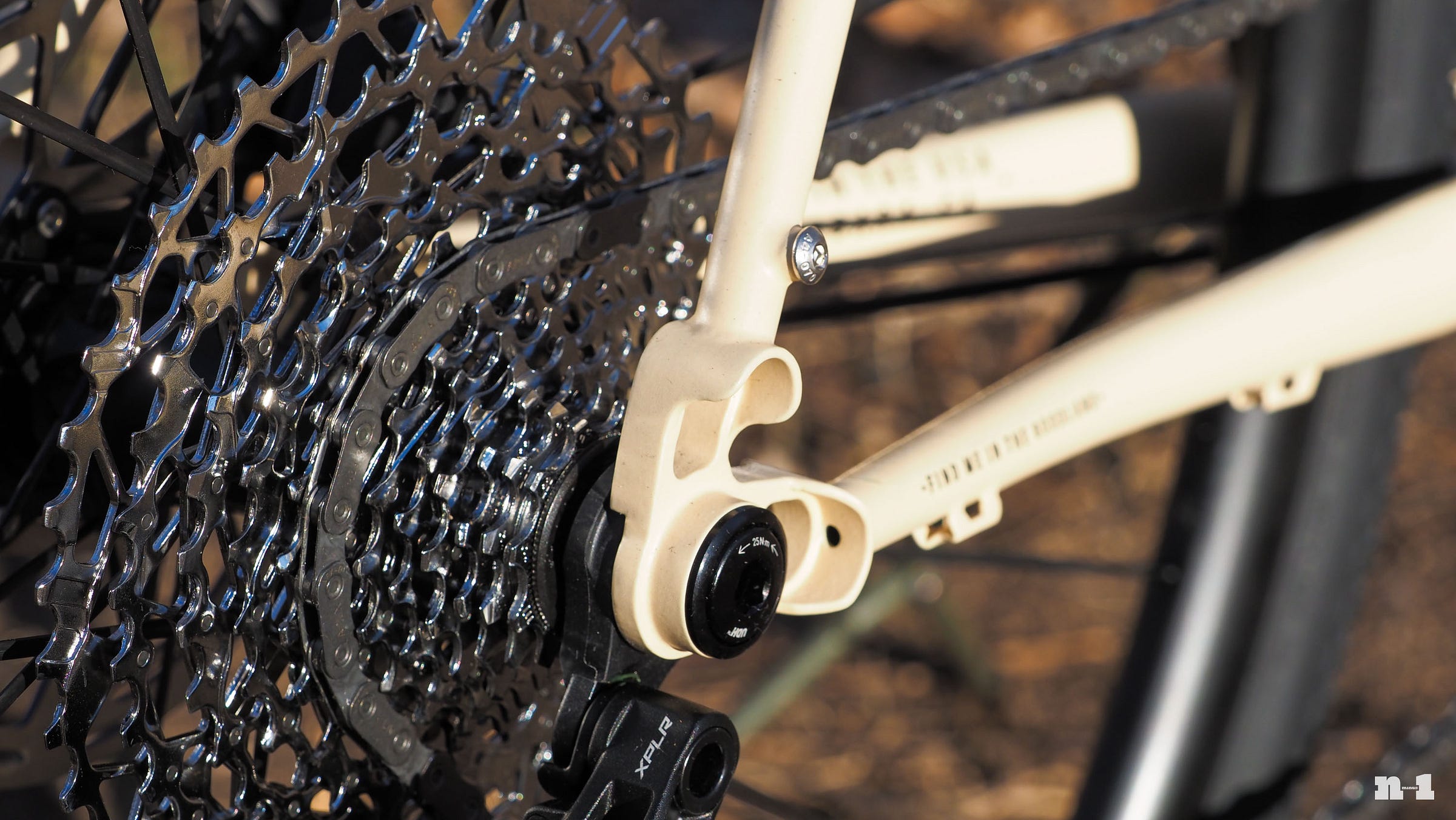
Wait, did I just say “external”? Yep, you heard correctly!
The Carrizo Select is compatible with all current-generation drivetrains: 1x or 2x, electronic or mechanical. Not only does nothing run through the stem, handlebar, or headset, but unless you opt for the current generation of Shimano Di2, nothing runs inside the frame at all. Setting up a Carrizo Select with one of Shimano’s wiredless Di2 groupsets requires running those wires inside the seat tube and chainstays (there are brazed-on ports at the proper locations) but otherwise, control lines are clipped to the underside of the down tube with a series of tidy aluminum clamps and to the underside of the chainstays with zip-ties.
That sort of user-friendliness is a consistent theme, in fact.
The seat tube is sized for a conventional 27.2 mm-diameter round seatpost and is secured with an external aluminum collar made by DKG (who’s been milling those parts just outside of San Francisco since the late 1970s), the head tube uses commonly available 44 mm-diameter headset cups, and the bottom bracket uses good old-fashioned English threads. Heck, Stinner even uses genuine stainless steel hardware throughout, and the rear thru-axle comes courtesy of Paragon Machine Works (located just a few hours up the California coast).
If you’re more of the DIY home mechanic type, this is pretty much your dream come true.
Stinner sells the Carrizo Select as either a bare frameset for US$1,700 / £1,400 / €1,700 / 2,800 (including a fork, front and rear thru-axles, a rear derailleur hanger, and seatpost collar, but no headset), or as a complete bike for US$3,900 / £3,200 / €3,850 / AU$6,400 – pretty impressive given who’s building the thing and where it’s made.
Someone has put some thought into the Carrizo Select’s available build kit, too, as it’s solid stuff all around. Included in the spec sheet is a SRAM Apex AXS XPLR 1x12 wireless electronic groupset, DT Swiss E1800 Spline 23 tubeless-compatible aluminum wheels with a Ratchet LN rear hub, 40 mm-wide WTB Vulpine S tires – the widest allowable – Easton EA50 aluminum cockpit components, a WTB Silverado saddle, and an FSA Orbit headset (and given how easy it is to replace bearing cartridges, I’m perfectly fine with its only modestly sealed design).
Not surprisingly, the Stinner Carrizo Select isn’t going to make any weight weenie’s heart go a-flutter. Actual frame weight for my 52 cm test frame is 1,950 g (with rear derailleur hanger, seatpost collar, cable clamps, and accessory mount hardware, while the complete bike is a fairly substantial 9.73 kg / 21.45 lb without pedals or accessories.
As always, though, weight isn’t everything.
A little spring in your step
I’ve been fortunate to ride a whole bunch of higher-end steel bikes in my lifetime, enough to predict with pretty good consistency what I’ll like and won’t like. My favorite configuration by far? Large-diameter tubes with short butts and thin walls, as that setup tends to practically sing with exceptional ride quality and liveliness, excellent stiffness, and surprisingly good weights.
The Carrizo Select clearly doesn’t fall into that category so I’ll admit to having tempered expectations going into this review. However, this is one of those times where I was happy things didn’t go exactly as I’d guessed.
Keep reading with a 7-day free trial
Subscribe to n-1 to keep reading this post and get 7 days of free access to the full post archives.





